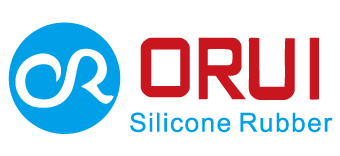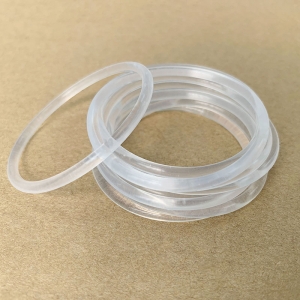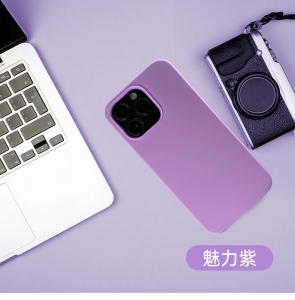Having trouble passing the quality inspection for silicone cases? 3 core rectification plans to pass the inspection in one go
Must-see for mass production! A complete guide to passing silicone case quality inspections
When digital accessory manufacturers conduct mass production, they often encounter difficulties in passing quality inspections. In minor cases, this may delay delivery cycles; in severe cases, it can increase rework costs and affect the reputation of downstream collaborations. In fact, by identifying the core pain points in inspections and making targeted improvements, one can efficiently pass various standard certifications.

First hurdle: Rectification of material compliance. One of the core reasons why silicone cases fail quality inspections is substandard materials. It is necessary to use food-grade or electronic-grade special raw materials, eliminate recycled materials and inferior additives, ensure that the content of harmful substances such as heavy metals and phthalates meets national/European standard limits, and provide third-party material testing reports to avoid compliance risks from the source.
Second hurdle: Optimization of dimensional accuracy. Hole position deviation and excessive edge tolerance are frequent deduction items. It is necessary to adopt 1:1 CNC modeling of the real machine, control the mold accuracy within ±0.01mm, add a full inspection process after vulcanization molding, and calibrate hole positions, key fit, and frame thickness one by one to avoid poor assembly caused by dimensional deviations of the silicone case.
Third hurdle: Enhancement of performance indicators. Failure to meet performance requirements such as scratch resistance, yellowing resistance, and high and low temperature resistance will directly lead to inspection failure. During the production of silicone cases, anti-scratch and wear-resistant additives need to be added, and the surface should adopt plasma polishing technology; UV aging tests (no obvious yellowing after 48 hours) and high and low temperature cycle tests (-40℃~85℃ stable without cracking) should be conducted to ensure that all performance indicators meet the inspection requirements.
The key to passing the quality inspection of silicone cases lies in three core aspects: material compliance, dimensional accuracy, and performance compliance. If you are a digital accessory manufacturer troubled by quality inspection problems, please feel free to send a private message or call us for consultation! Inform us of the product model and testing standards, and we will provide customized rectification plans and high-quality raw material support to help you pass the inspection in one go during mass production!









